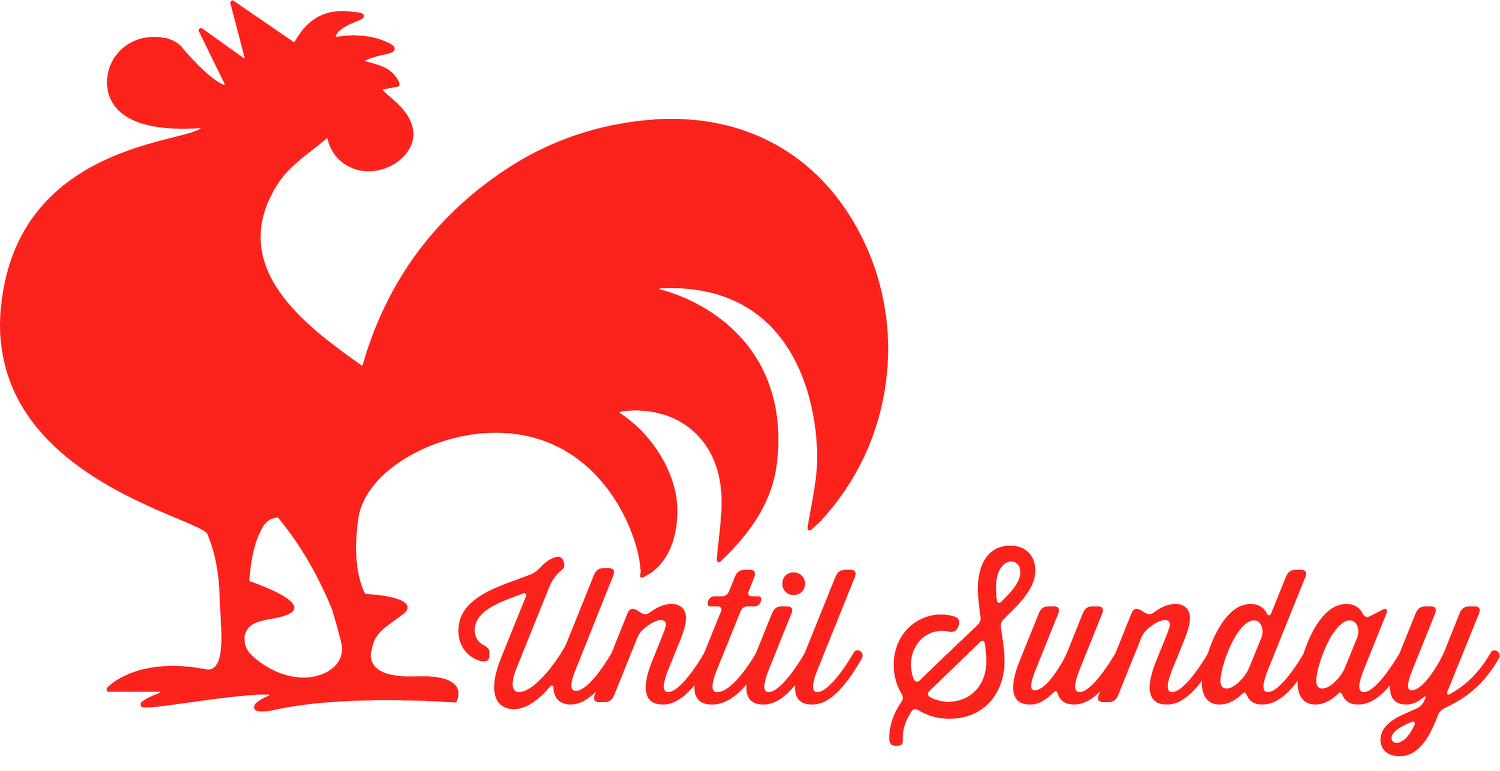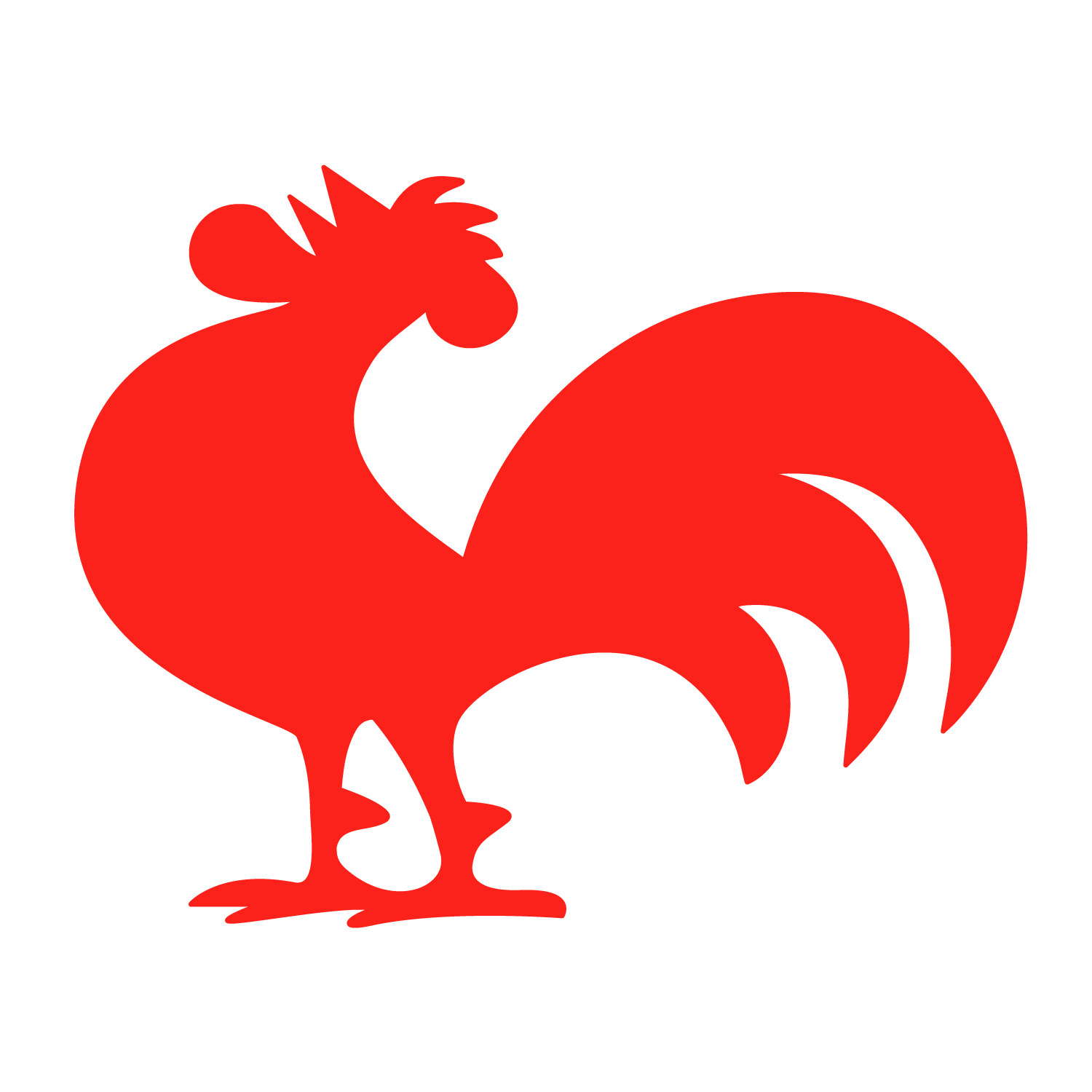#14. Create your Vision Board using the Power of Storytelling
Happy 2025, dear storytellers!
I hope you had a fantastic New Year celebration. I’m sure you’re getting ready to return to work (if you haven’t already), energised and inspired for what lies ahead.
I decided to share a different topic from my usual writings. I believe starting the year with the right mindset to achieve great things is essential, and I want to help you with that!
In this issue, I will explain how you can use Donald Miller’s StoryBrand Framework to create a vision board that aligns with your goals, tackles key areas of your life, and inspires action. I create my vision board using this storytelling technique that I typically use to help my clients visualise their businesses. With creativity and adaptation, we can apply the same structure to envision our lives and the year to come. Are you ready?
What is Donald Miller’s StoryBrand Framework?
In one of my previous posts, among other resources, I introduced the book Building a StoryBrand by Donald Miller. I also explained in this article how I combined his framework with Aristotle's three-act structure to design the UX/UI of the landing page for Vitaly Friedman’s course, Smart Interface Design Patterns.
His framework is both simple and powerful, organised in the following structure:
A Character who wants something.
Encounters a Problem that stands in their way.
Meets a Guide who provides a plan and calls them to action.
This leads to Success or Avoids Failure.
We will apply this framework to craft a vision for your life and represent it visually on your vision board.
Donald Miller’s StoryBrand Framework. I typically use it to help my clients visualise their businesses…but not today!
For those who are not familiar with vision boards, they typically consist of collages filled with inspiring images and words that reflect who you desire to become.
While these boards can be visually appealing, they often lack direction and, as the months pass, may eventually feel like an abstract representation that no longer resonates with us. By incorporating storytelling, your vision board transforms into a strategic narrative where you are the hero, your goals become clear objectives, and each element of your board is connected to a meaningful story about your future.
Before You Start: Gather Your Tools
To create your vision board using the storytelling framework, here’s everything you’ll need:
Inspiring images
Pinterest Account: Perfect for finding and organizing inspiring images, quotes, and ideas. Create a dedicated board for your vision board to keep all your visuals in one place.
Unsplash: A fantastic source of free, high-quality images to download and print.
Magazines: If you prefer a hands-on approach, grab some old magazines for cutting out pictures and words.
Vision Board Template
Download the Template: I have designed a storytelling-based vision board template just for you! Use it to structure your board around your life’s story (available in .PNG, .PDF and .JPEG).
Print the Template or Use Your Favorite Program
Print Option: Print the template and use markers, scissors, and glue for a tactile experience.
Digital Option: Upload the template into a digital tool like Canva, Procreate, Figma, Miro or even Google Slides to create your vision board virtually. You can also copy the structure of the template on one of these programs.
Extras (optional)
Markers, Stickers, and Decorative Supplies (if you’re going the paper route).
If printed, a Corkboard or Frame (optional) to display your vision board.
Inspiration Journal for brainstorming ideas and reflecting on your story.
Now that your tools are ready let’s dive into the process of bringing your vision board to life!
Vision Board Template. I have designed a storytelling-based vision board template just for you! Use it to structure your board around your life’s story (available in .PNG, .PDF and .JPEG).
Step 1: Define the Character: You
As per every project we are called to work on, UX designers always start from the story's protagonist: the ideal customer or a persona. In this case, the protagonist is YOU.
Start by identifying the different aspects of your life: career, relationships, health, finances, spirituality, and hobbies. For each area, describe yourself as the main character and find images that can help you answer these questions:
Who are you now?
What do you want most in this area of your life?
Why does it matter to you?
Vision Board Tip
Choose images but also quotes that represent who you are and who you aspire to be in these six areas. Don't add them yet to your board, just collect them for now in different folders or groups.
Step 2: Identify the Problem
When designing for an audience, UX designers aim to visualise solutions that can lead to a real transformation and improvement in their experience.
As the protagonist of your own life, I am sure you have encountered obstacles, too. What are the internal, external, and philosophical challenges holding you back in each area of your life?
Internal: Self-doubt, limiting beliefs.
External: Financial constraints, lack of time, or other barriers.
Philosophical: Why does overcoming this problem matter in the bigger picture?
Vision Board Tip
Use symbols, quotes or visuals that can help you to overcome your obstacles.
Step 3: Find Your Guide
In UX design, guides are elements that assist users in maximising their experience. They can include tips, explanations, CTA, visual cues, or even testimonials.
For your vision board, the question is: who or what inspires you? Guides can be mentors, books, spiritual practices, or even a mindset shift. In each area of life, identify your guide and the “plan” they would suggest to help you achieve your goals. You can also have the same guide to inspire different area.
Vision Board Tip
Include quotes, photos of mentors, books or icons representing guidance and support.
Step 4: Create a Plan and Call to Action
In UX design, we typically create a page or app with a clear outcome regarding the actions we want users to take: what are the steps needed so they can buy a product? What are the ways they can share a link? What persuasive elements can we include to inspire a personal transformation and subscribe to a plan?
So, on your board, define your steps to achieve your goals. Break each area into actionable steps. This is where you turn dreams into goals! For example:
Career: Apply for X jobs, develop Y skills.
Health: Exercise 3 times a week, eat whole foods.
Relationships: Schedule quality time, work on communication.
Vision Board Tip
On your board or on your journal, use visual checklists to break your action plan into smaller, manageable steps if that is easier for you.
Step 5: Picture Success
When designing an experience, UX designers are always checking the user's emotional state as she performs a specific action or navigates through different elements of a page or app.
In the same way, I would like you to visualise the outcome of achieving your goals in each area. How will you feel? What will your life look like? Add a picture of success on your board to motivate and inspire.
Vision Board Tip
From the series of images you collected in step one “Define your Character”, add images and words to your board that represent your dream outcomes for each area.
Become the HERO of your life journey!
Just like you would when mapping a user's journey for a digital product, once you complete your vision board, place it somewhere you'll see it daily. Let it serve as a reminder of your story, your goals, and the steps you are taking to create a life you love. Revisit it often to celebrate your wins, make adjustments if needed, and stay aligned with your vision.
This is my Vision Board for 2025. If you wish to share yours with me, you can send it to my email, or even post it on Instagram or Linkedin and tag me when you’re done!
Your story matters, and your vision board reflects your hero's journey! By following Donald Miller’s StoryBrand Framework, you’re not just creating a board of wishes—you’re designing a roadmap for success and starting to build the life you’ve always imagined.




